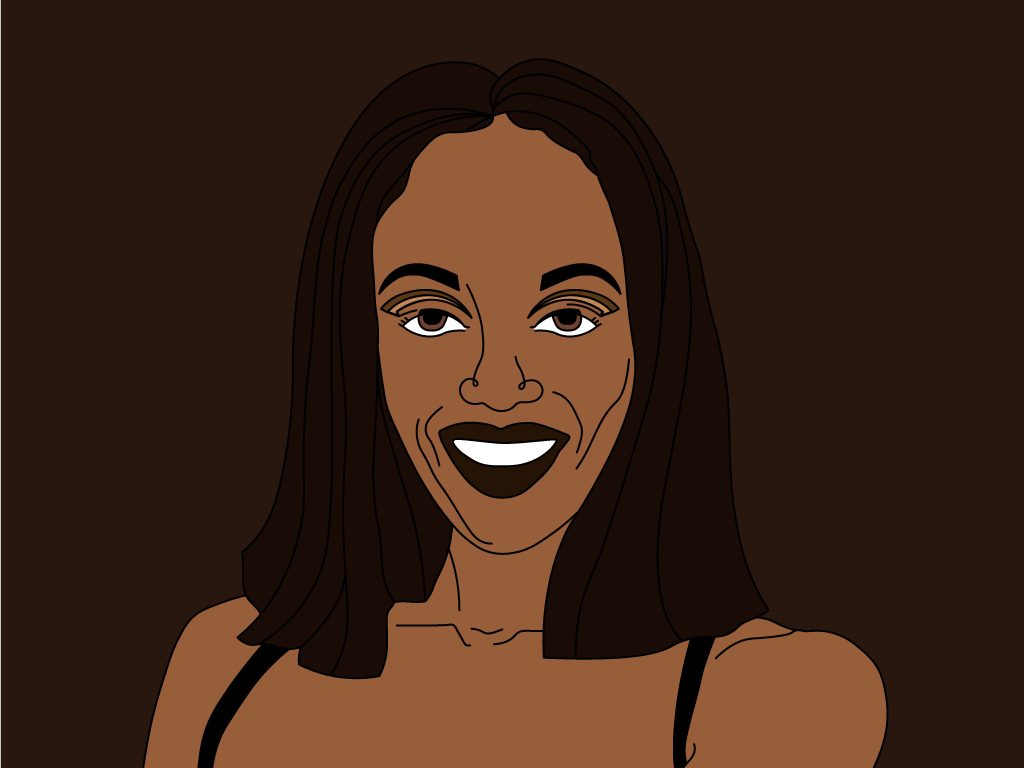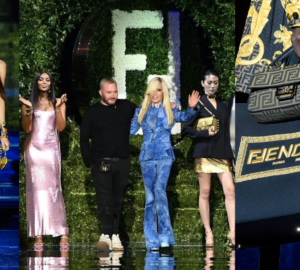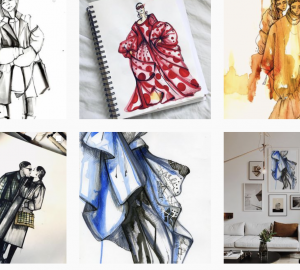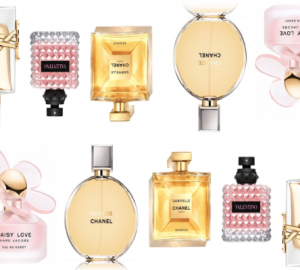Naomi Campbell is in a league of her own. Since beginning her modeling career at 15, Campbell continues to surpass the conventionalities of the term “model.” Even given the title of “supermodel,” her influence and power span far beyond. Aside from her accolades, what Campbell represents as a black woman in fashion serves as an inspiration.

From the very beginning, Campbell understood the stipulations against her as a young, black woman. “When I started out, I wasn’t being booked for certain shows because of the color of my skin. I didn’t let it rattle me,” said Campbell, “From attending auditions and performing at an early age, I understood what it meant to be black. You had to put in the extra effort. You had to be twice as good.”
Through sheer determination and her undeniable talent, Campbell broke barriers and continues creating milestones for black women in the industry. After landing on the covers of British Vogue and Vogue Italia, she became the first black model to grace the cover of French Vogue in 1988. For Anna Wintour’s first September issue for American Vogue, she chose Campbell for the cover in 1989. The significance of this accomplishment — a black woman on the cover of the most important fashion issue of the year — is unparalleled.
Designers and models advocated for Campbell when faced with racial discrimination from those too ignorant to see her irrefutable gifts. Her 1988 French Vogue cover came about after legendary Yves Saint Laurent threatened to pull his advertisements from the magazine. Other supermodels and close friends of Campbell, such as Linda Evangelista and Christy Turlington, also called out the prejudices of the industry. Campbell recounted, “I was lucky to have Linda and Christy stand up for me. They told certain designers that if they wanted to have them in their show, they had to book me, too. That kind of support was unheard of.”
Despite the discrimination of the industry, Campbell worked extensively with the fashion’s biggest designers and brands, including Azzedine Alaïa, Versace, Louis Vuitton
Campbell’s reach has expanded, as she continuously does extensive charity work in South Africa, and around the globe, for various organizations. She began her activism in 1993 with the late Nelson Mandela and was later named his “Honorary Granddaughter.” Since then, Campbell raised millions of dollars for various causes, including Fashion For Relief, Balance Diversity, and the Made In Africa Foundation.
This powerful statement from her shows her conscious efforts to promote the advancement of her people: “I didn’t work all these years to go backward. I’ve seen so many people sacrifice their lives: Martin Luther King, Nelson Mandela,” said Campbell, “Now, more than ever, when I do a job, I don’t care about fame. I think, ‘What does it do for my people?’ We’ve had to make these statements to remind you when you’re not being diverse. But when you choose, you should make your decision with diversity and balance.” Campbell continues to be a champion for diversity and an inspiration for us as a collective.























